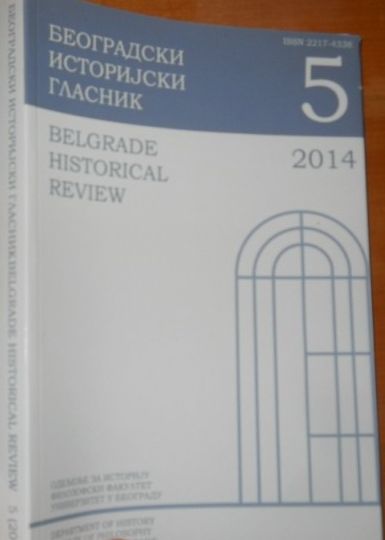DUH TEHNOLOŠKOG PROGRESA U DELU ROBERA DELONEA U PERIODU RANE MODERNE
THE SPIRIT OF TECHNOLOGICAL PROGRESS IN ROBERT DELAUNAY’S WORKS OF THE EARLY MODERN PERIOD
Author(s): Dragan TasićSubject(s): Visual Arts, History of Art
Published by: Филозофски факултет, Универзитет у Београду
Keywords: Aeroplane; Cubism; Modern Age; Orphism; Simultaneism
Summary/Abstract: The art of Robert Delaunay is usually connected with ‘Orphic Cubism’ – a style of painting which evolved in Paris during the period between 1911 and 1914. Orphism came as one of the tendencies in Cubism, but nevertheless rejecting rigid principles of a non-abstract art, and returning to the ‘pure colour’ with the purpose of communicating strong feelings of the artists imbued with the new spirit and fascinated by actual shapes of modern civilization. Although the idea that art should be primarily a means of plastic expression remained fundamental, new inspiration still found expression in orphic paintings. Delaunay’s Homage to Blériot (Kunstmuseum Basel) was painted in a state of extreme spiritual happiness. It seems as though the whole atmosphere of the dizzy scientific and technological progress during the early 1900s has been incorporated in this remarkable work. It is a testimony to the skills of the aeroplane constructors – the new heroes of a modern epic fantasy. The First World War, however, spelt the end of the enthusiasm and optimism of the machine age.
Journal: БЕОГРАДСКИ ИСТОРИЈСКИ ГЛАСНИК
- Issue Year: 2014
- Issue No: 5
- Page Range: 153-162
- Page Count: 10
- Language: Serbian

